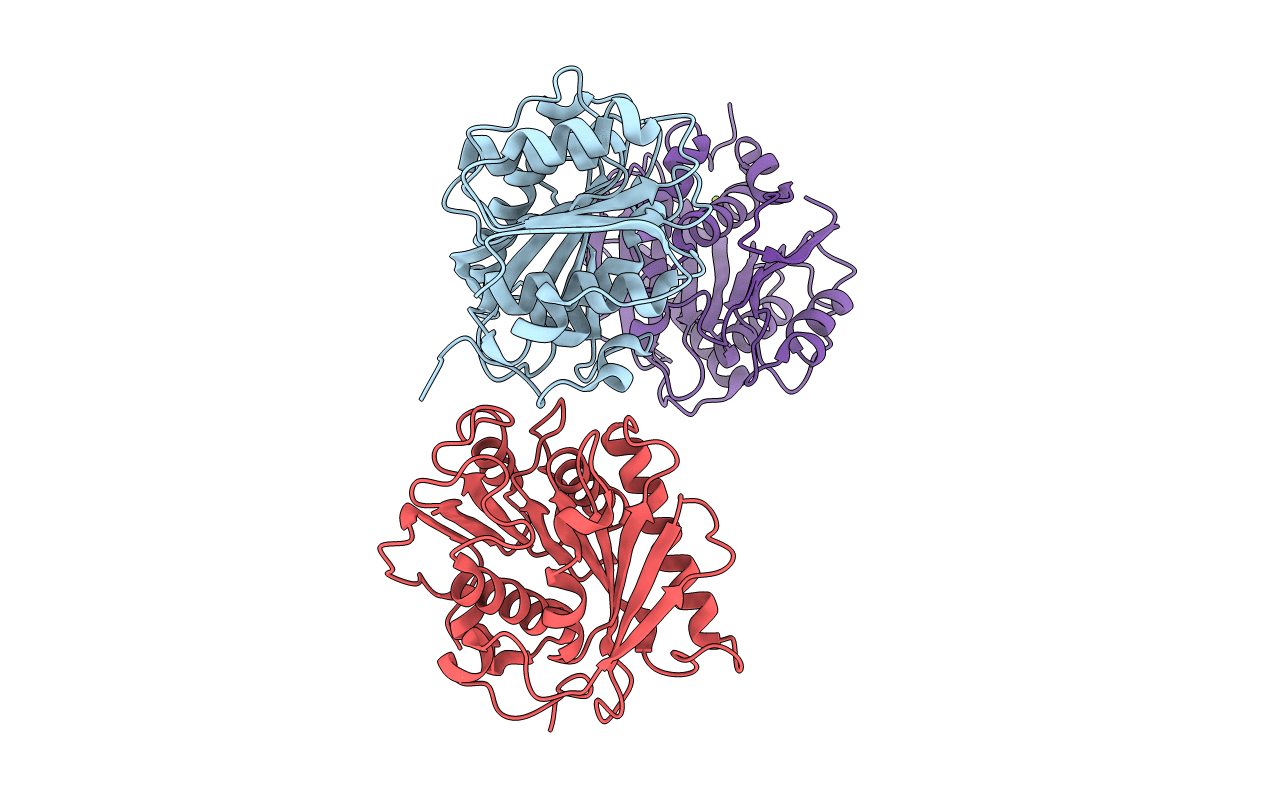
Deposition Date
2017-08-12
Release Date
2018-04-18
Last Version Date
2024-11-20
Entry Detail
Biological Source:
Source Organism:
Ideonella sakaiensis (strain 201-F6) (Taxon ID: 1547922)
Host Organism:
Method Details:
Experimental Method:
Resolution:
2.02 Å
R-Value Free:
0.21
R-Value Work:
0.17
R-Value Observed:
0.17
Space Group:
C 2 2 21


